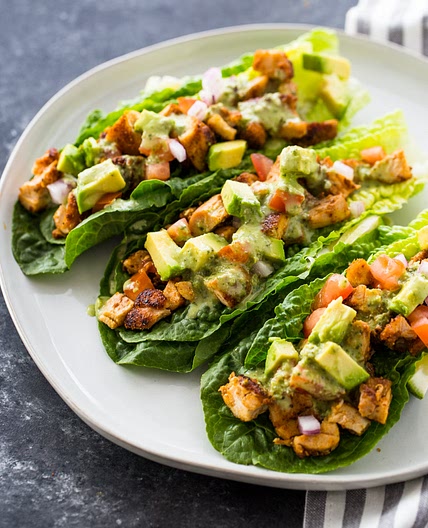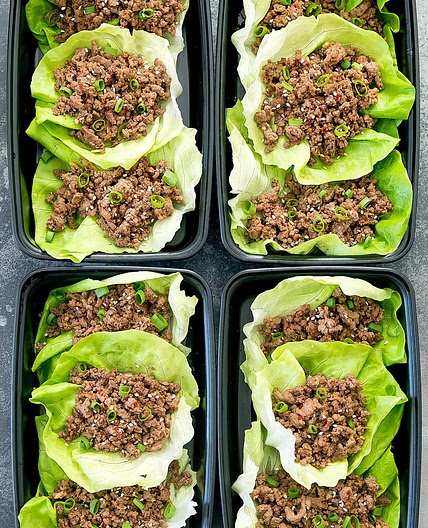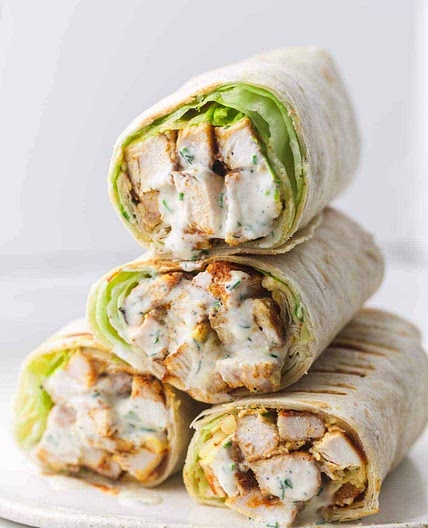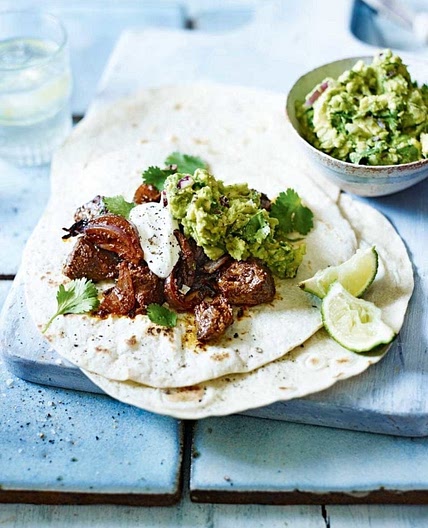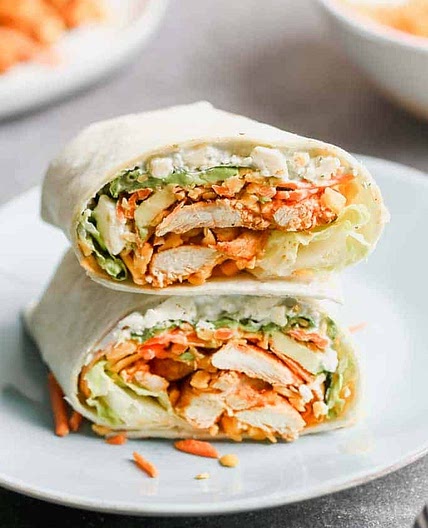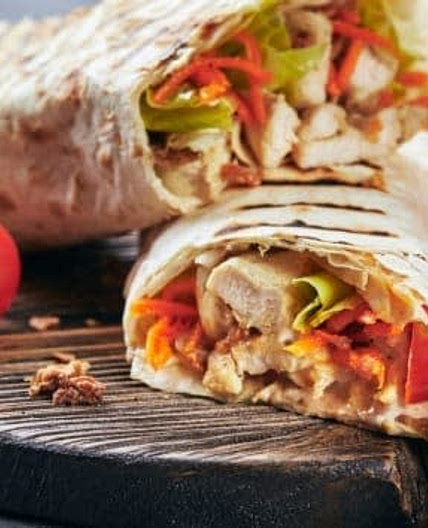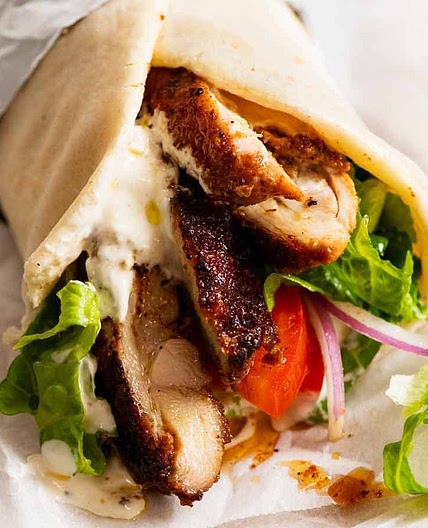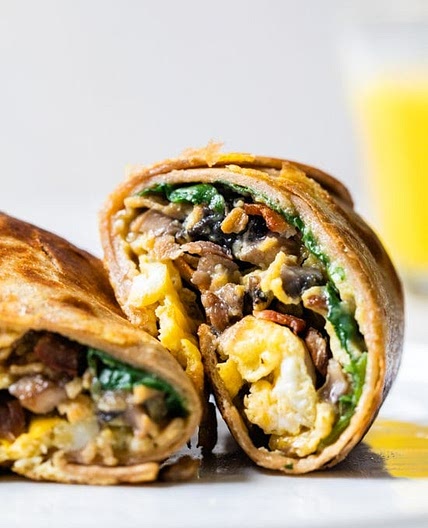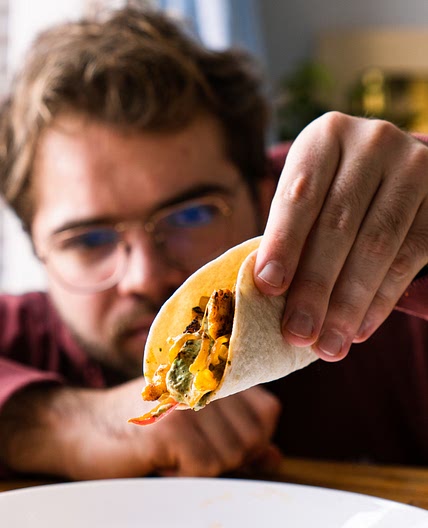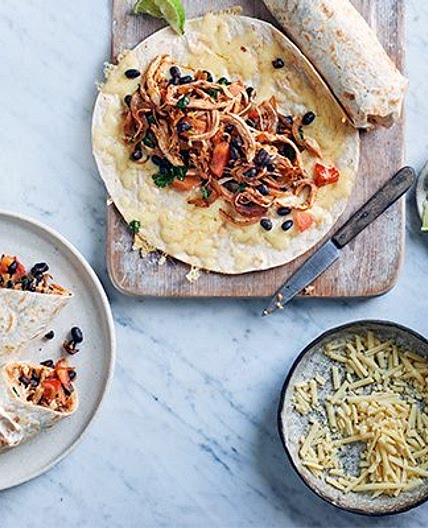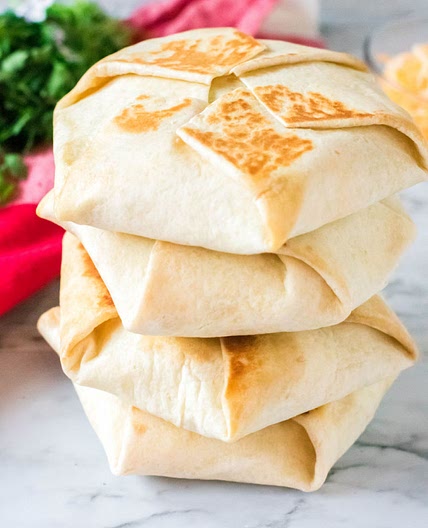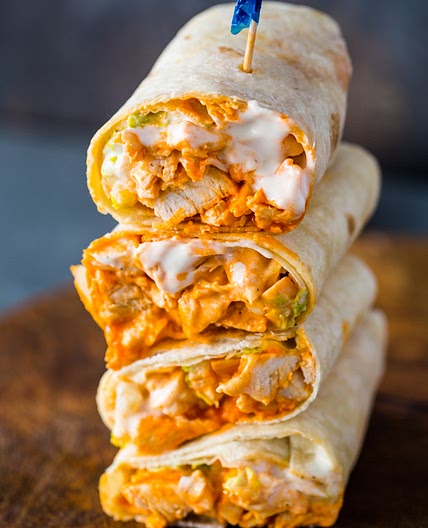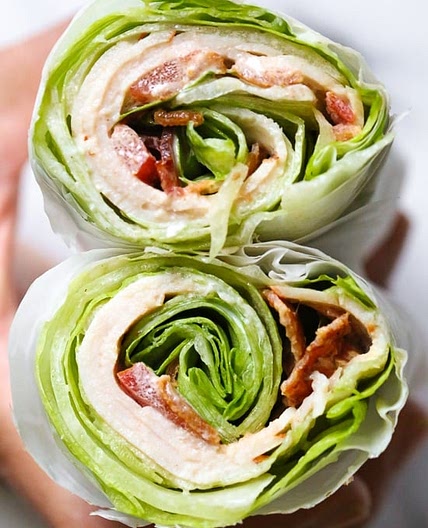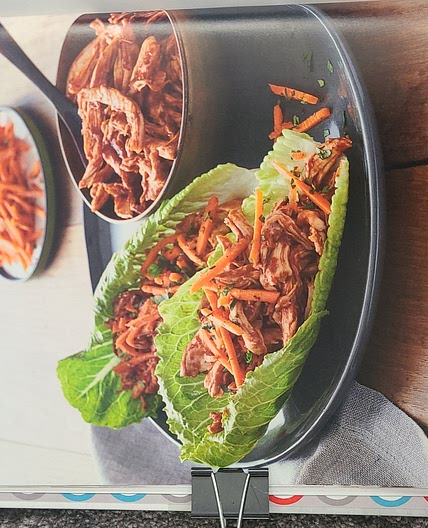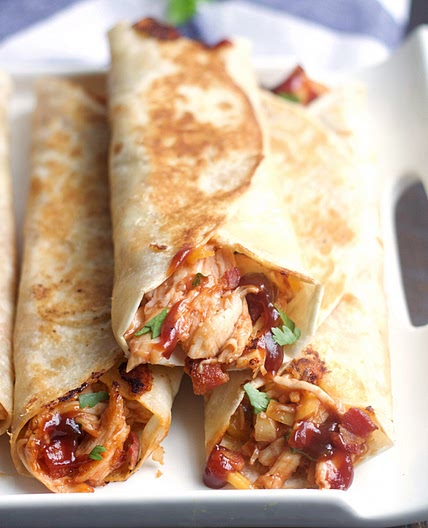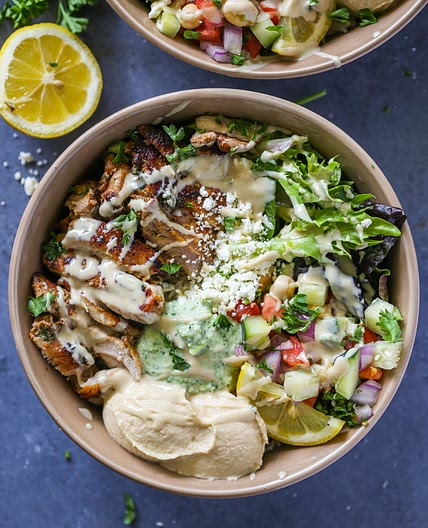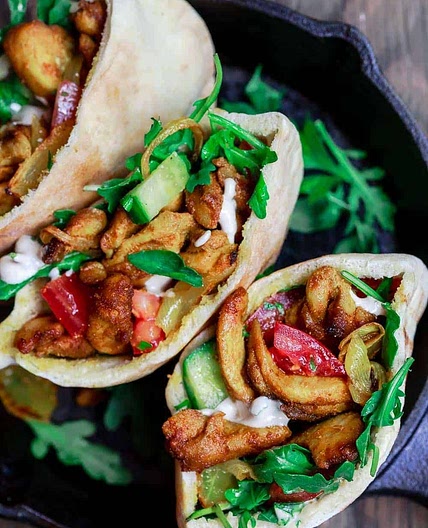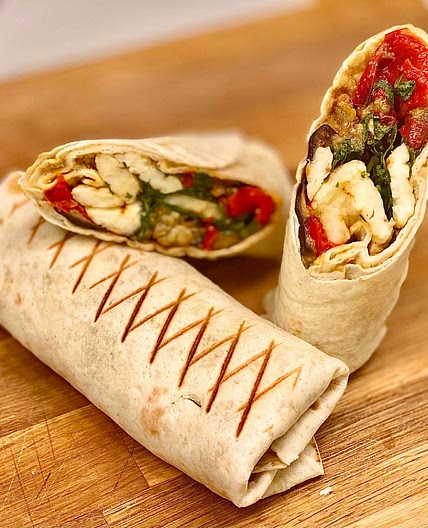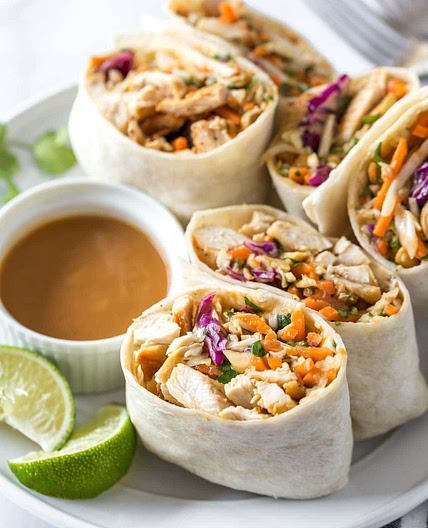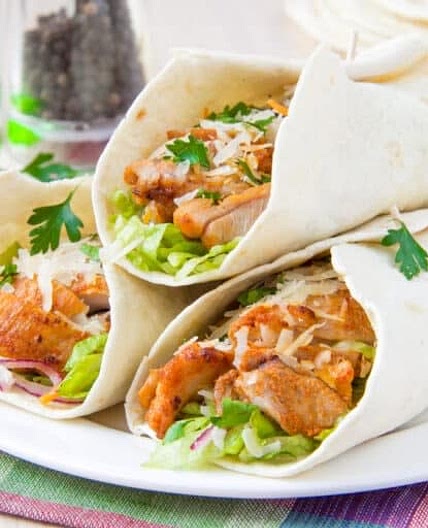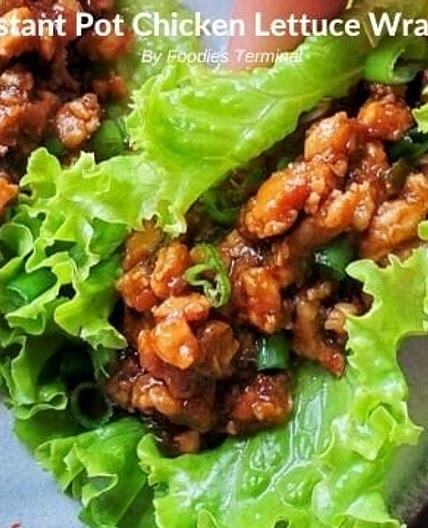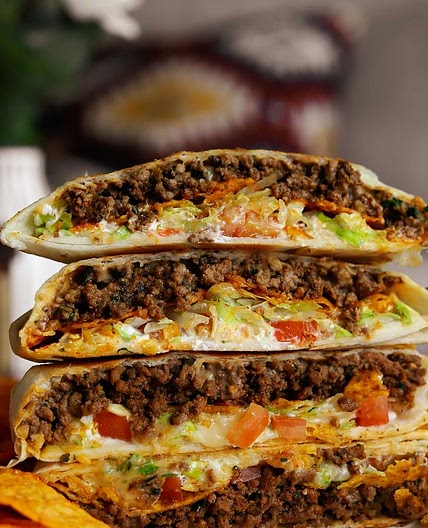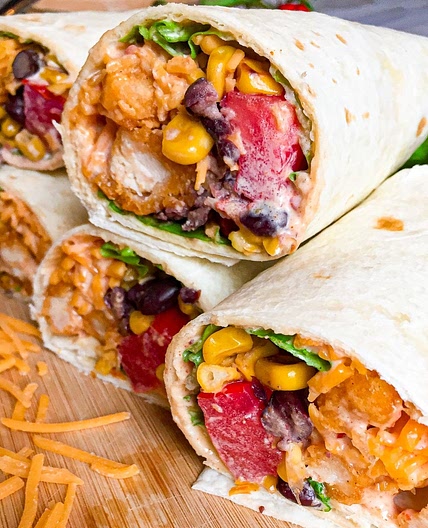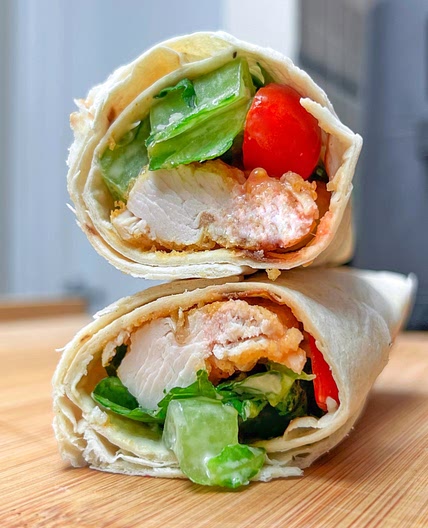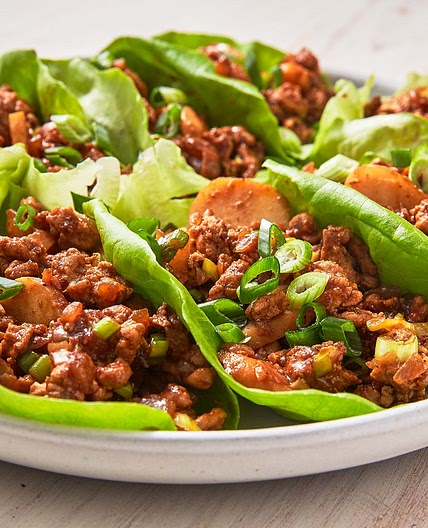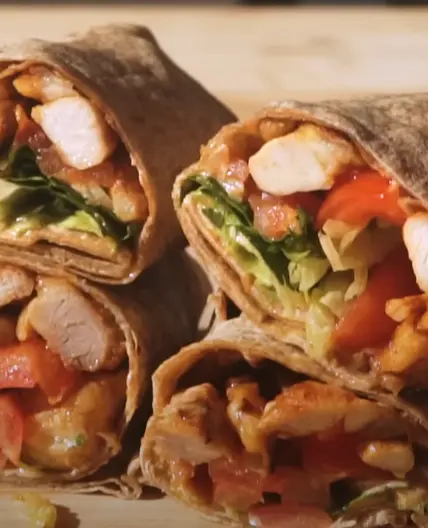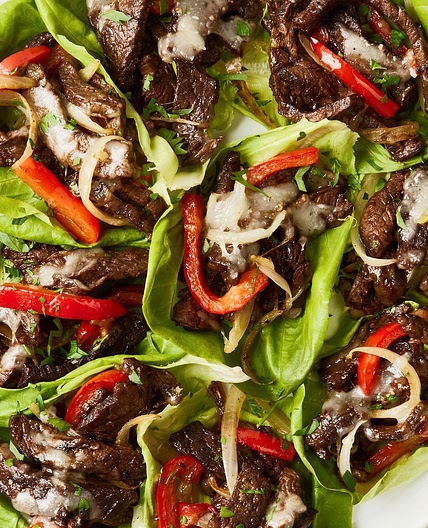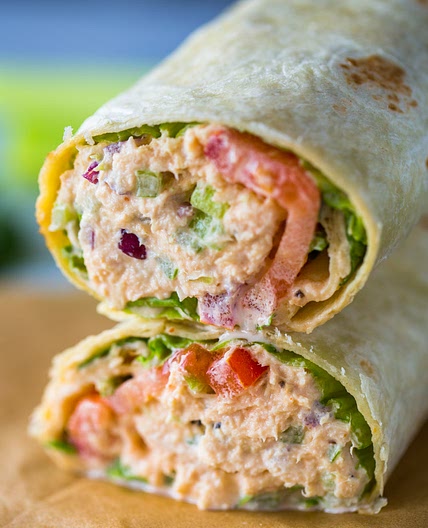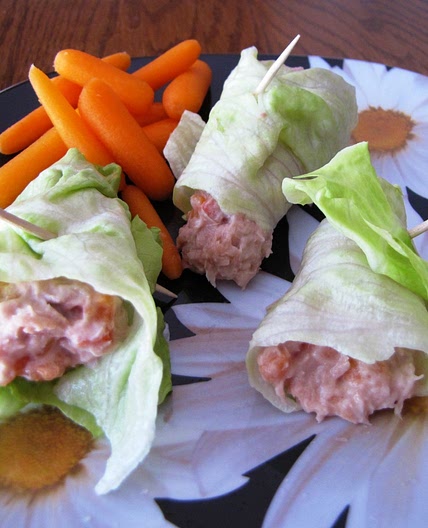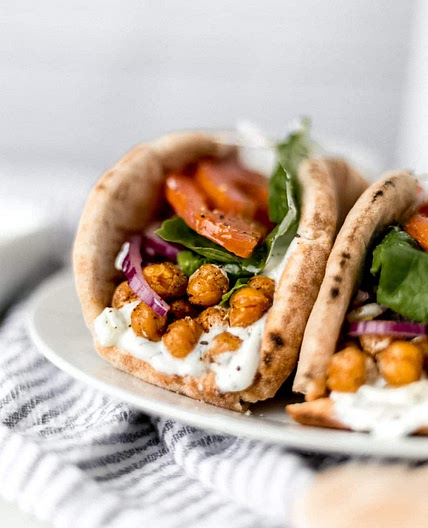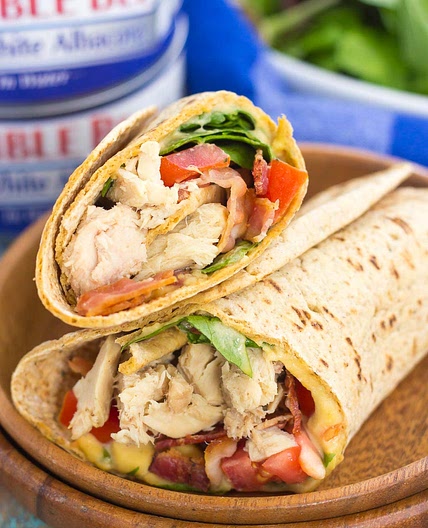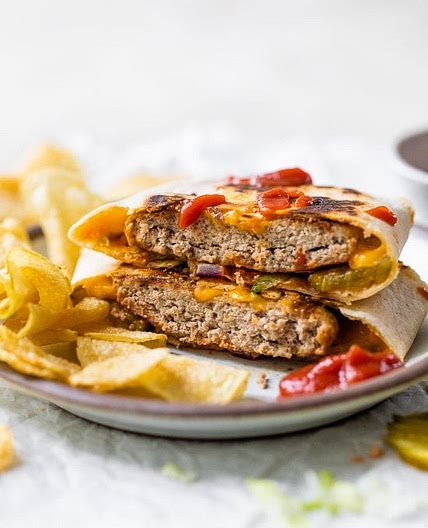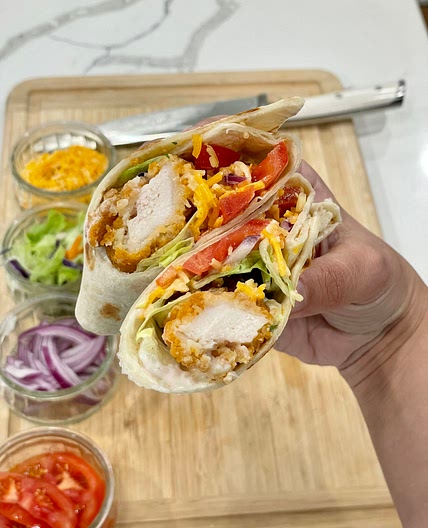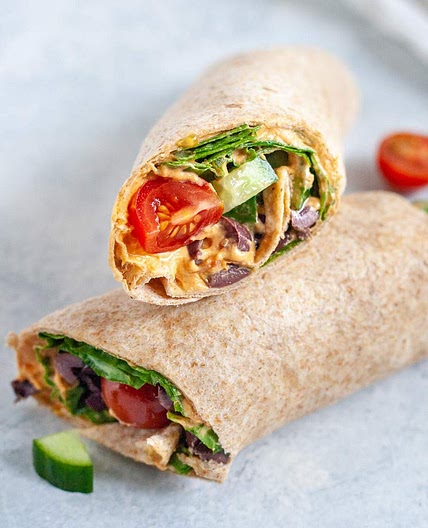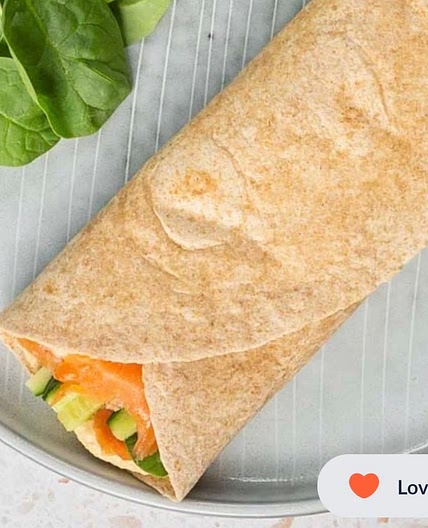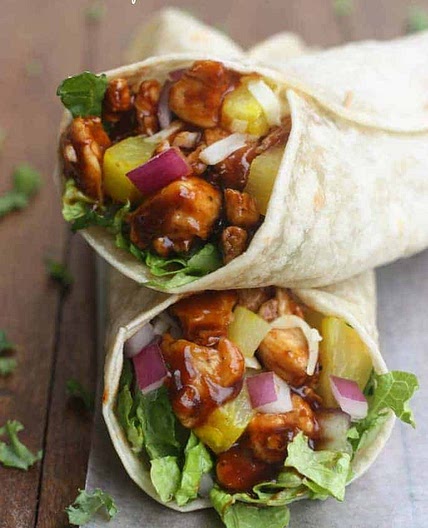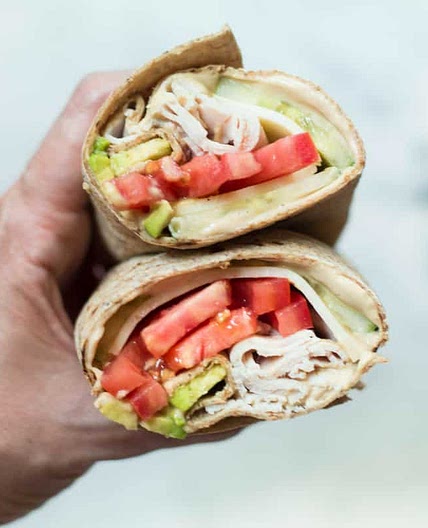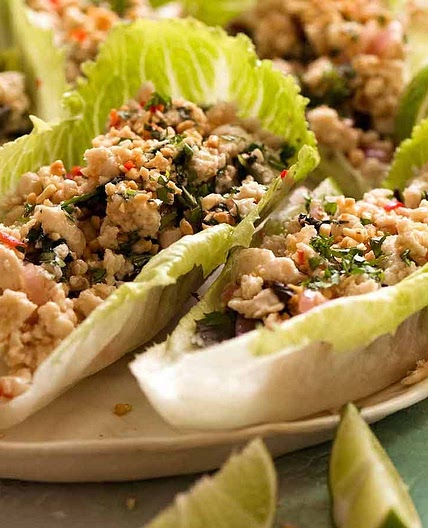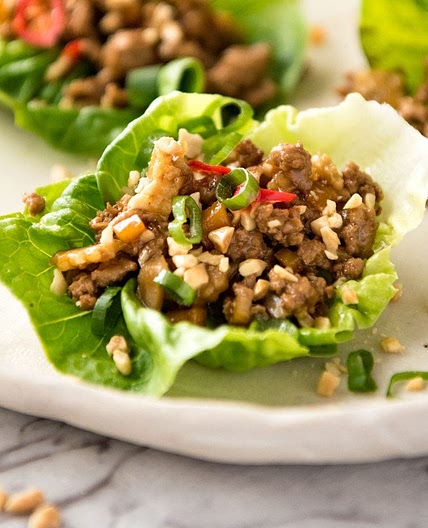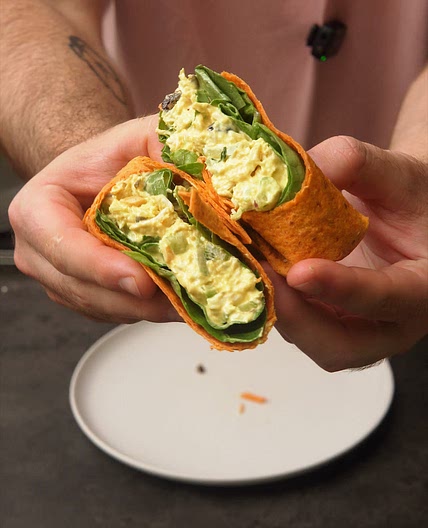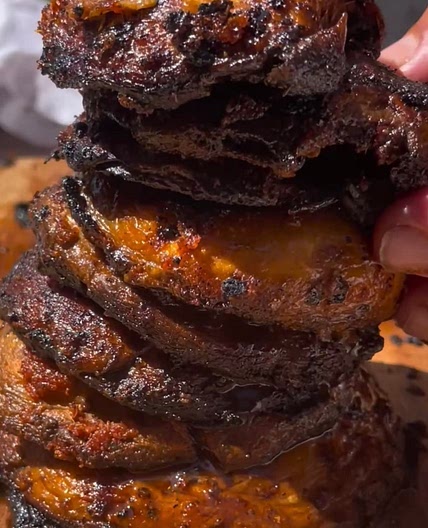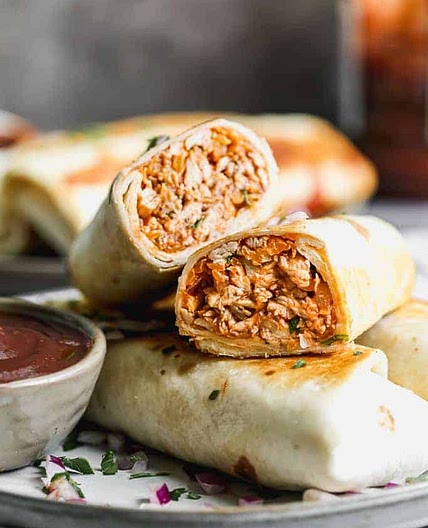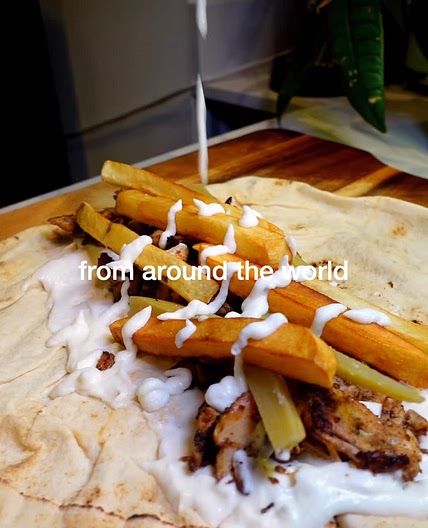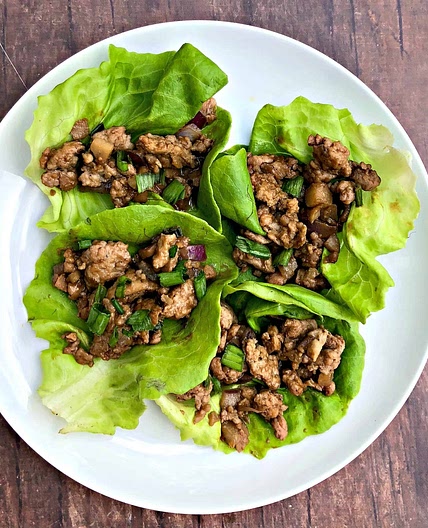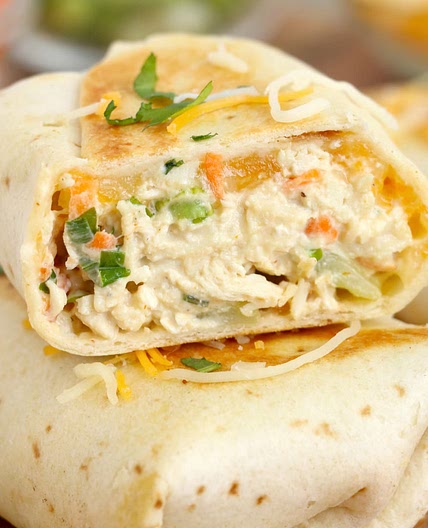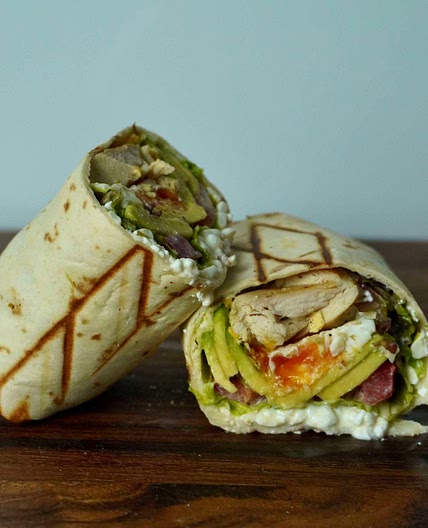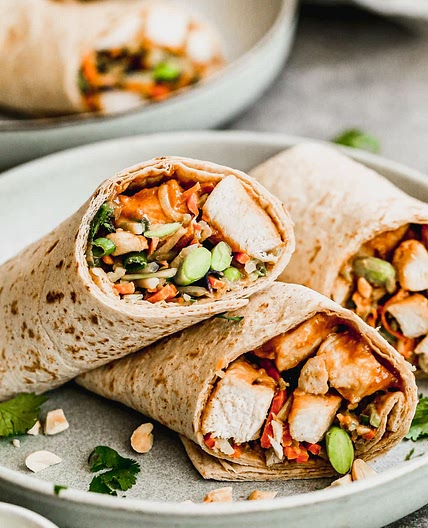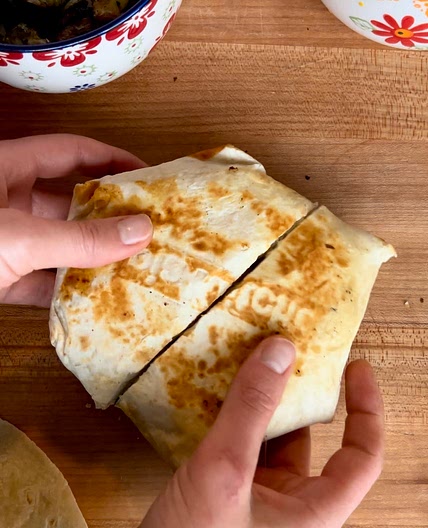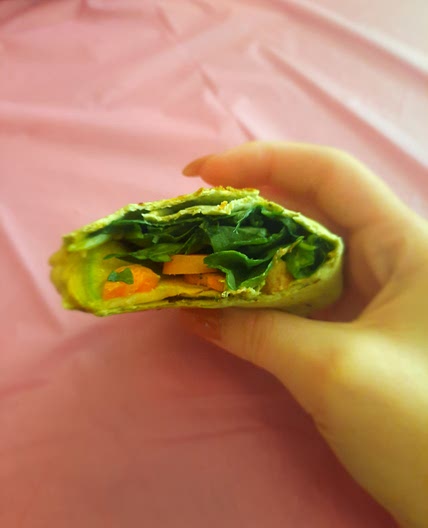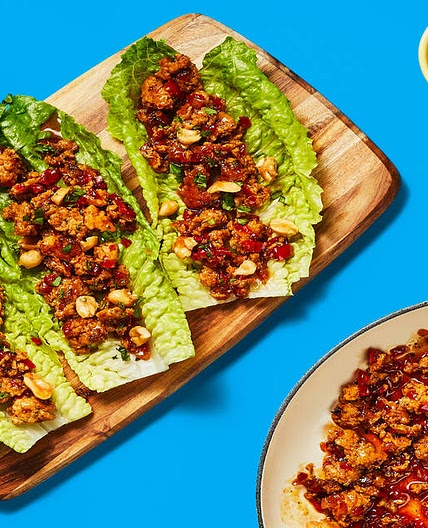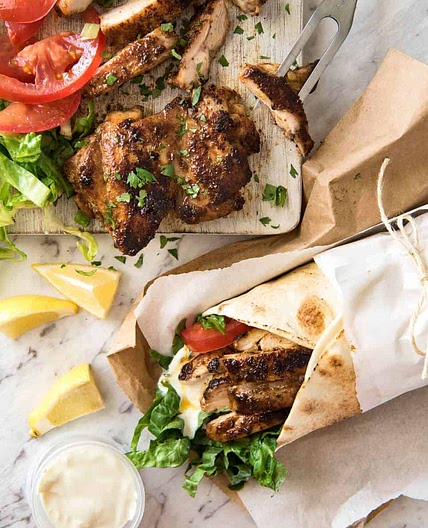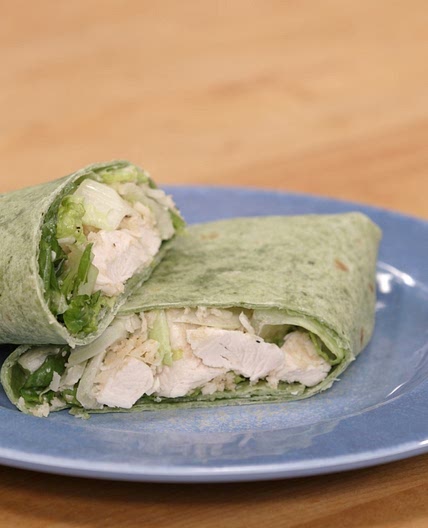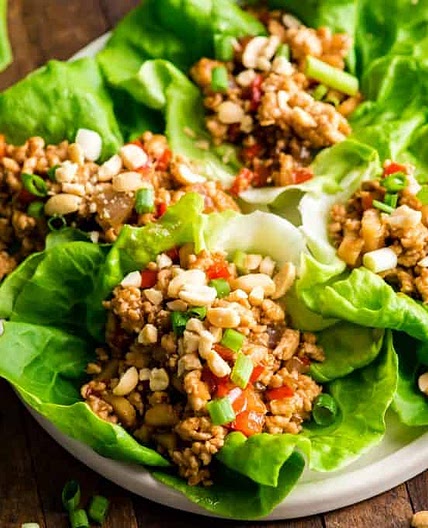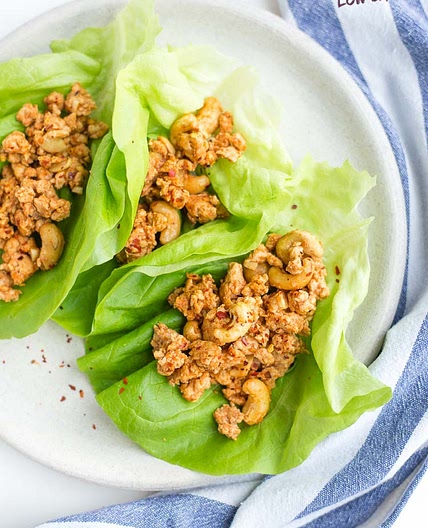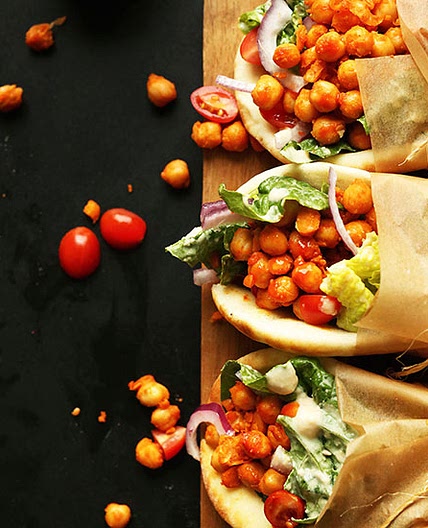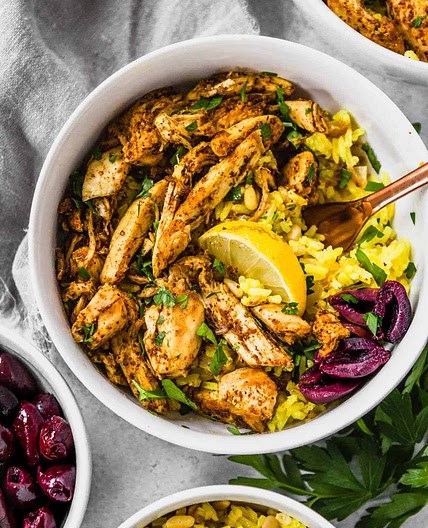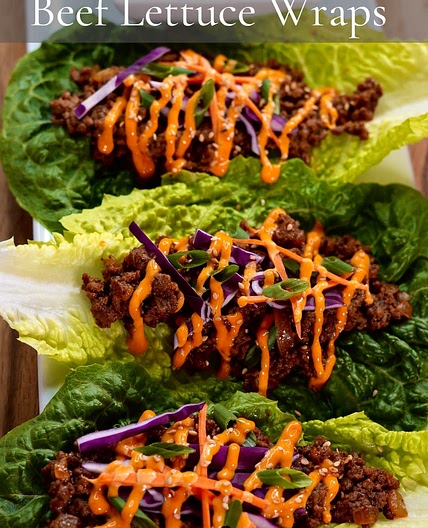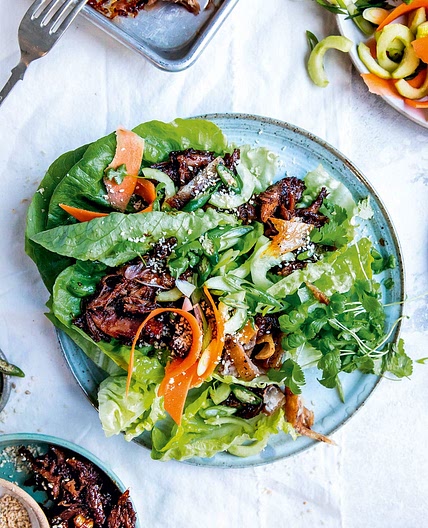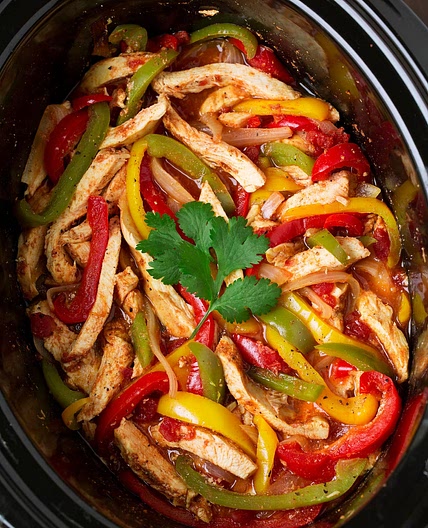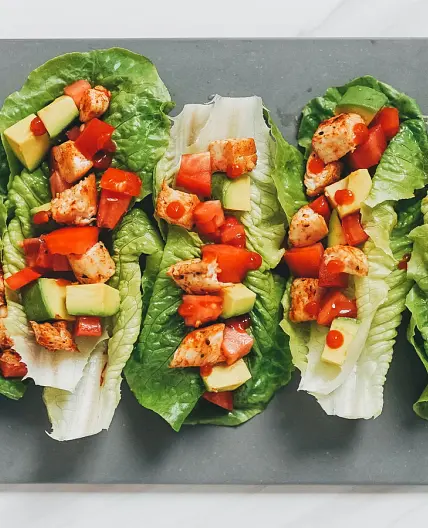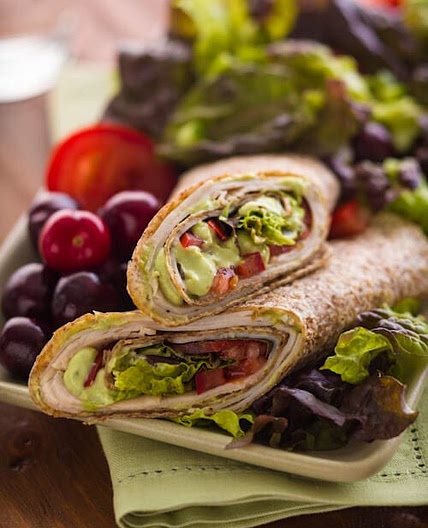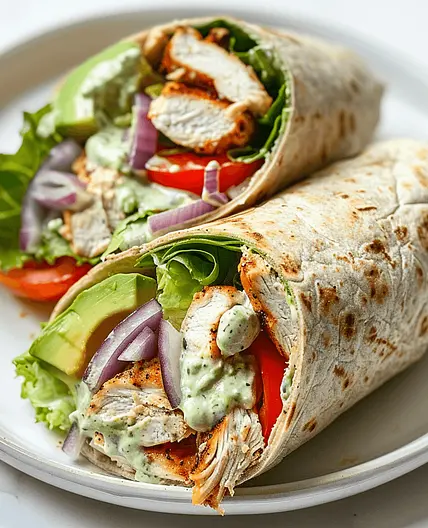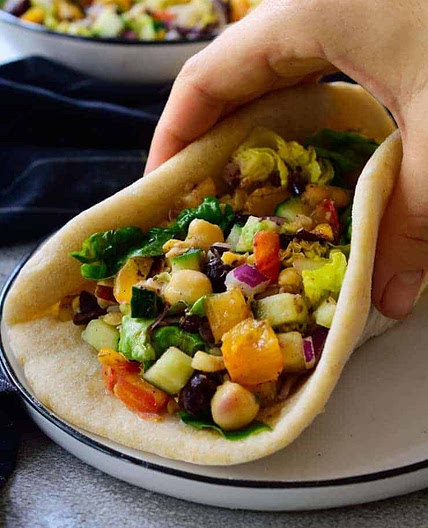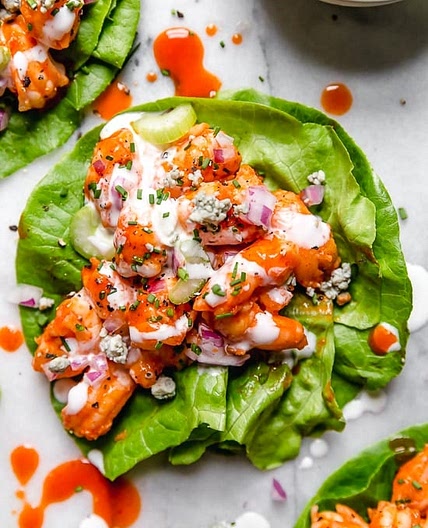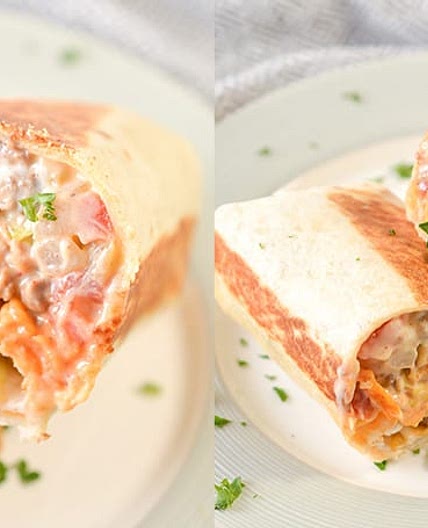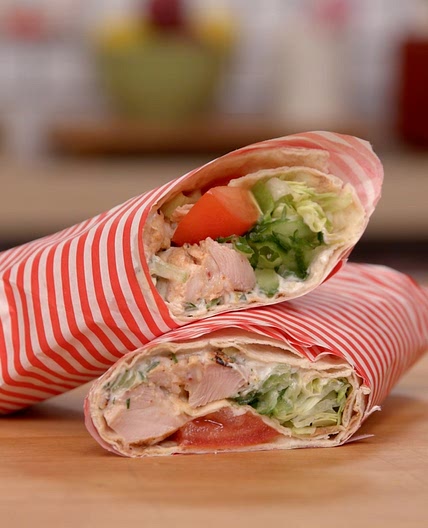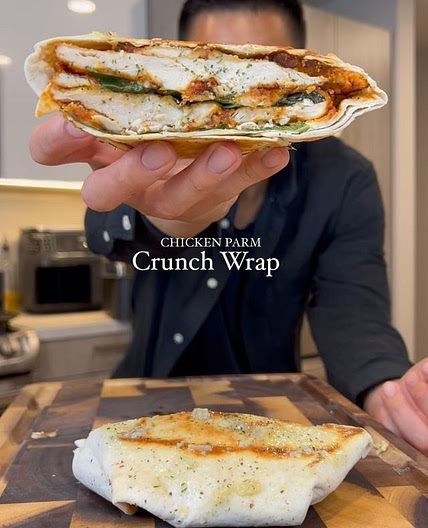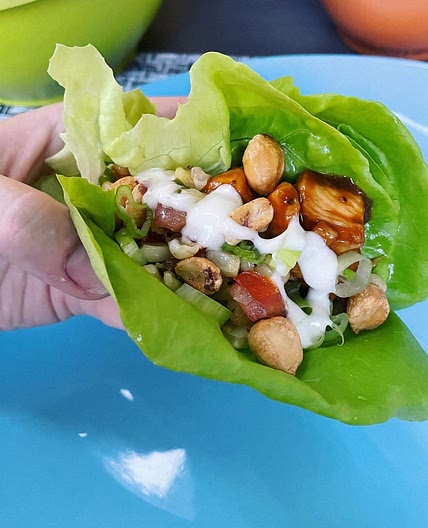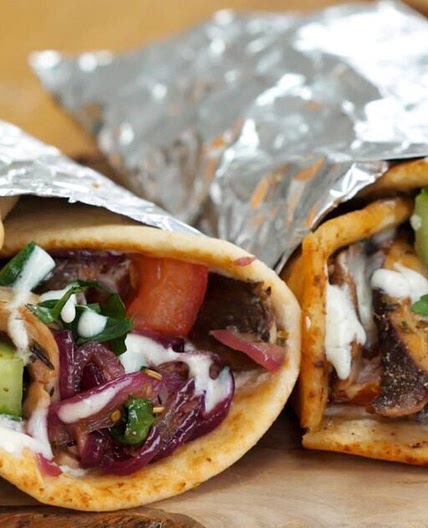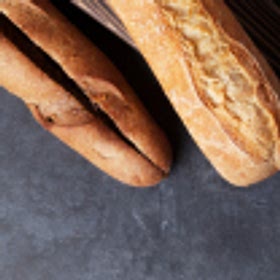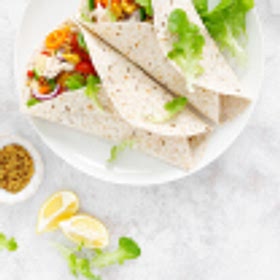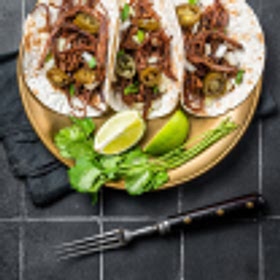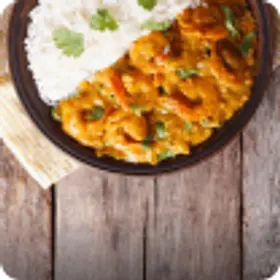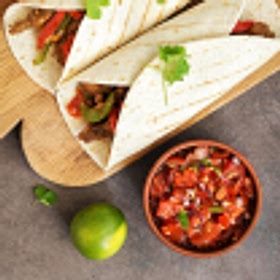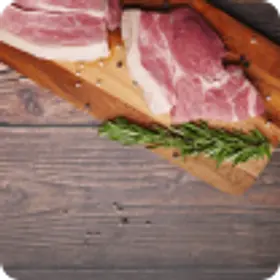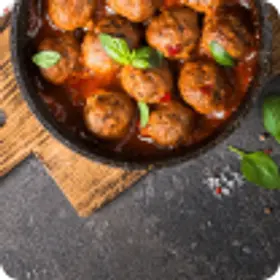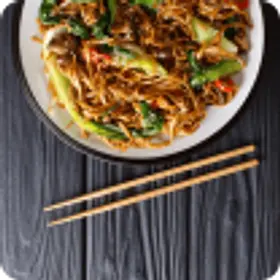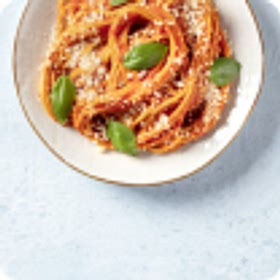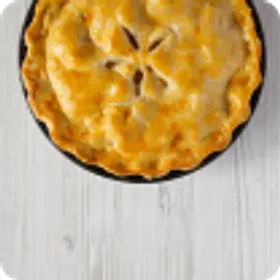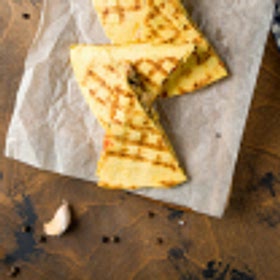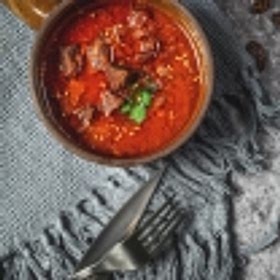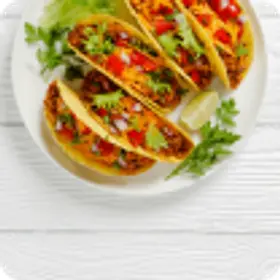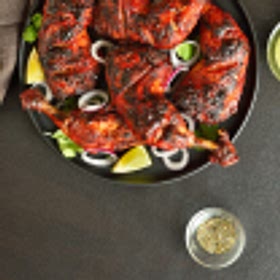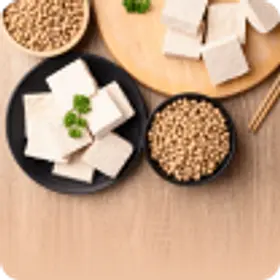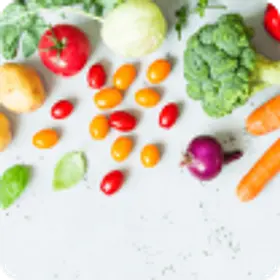Wrap Recipes, Fillings, and Tips on How To Fold and Roll – Samsung Food
Wraps, from simple sandwiches to fancy feasts, have become a must-have food in lots of homes and restaurants. The cool thing about wraps is how easy and flexible they are. You can stuff them with anything, like meats, cheese, veggies, and sauces. They work as a quick bite or a full meal. Keep reading to learn more about wraps, including the types, what to fill them with, how to serve them, and some smart tricks.
Nutrition per serving size(188g)
- Energy: 0
- Total Fat: 0
- Saturated Fat: 0
- Carbohydrate Total: 0
- Sugars: 0
- Protein: 0
- Sodium: 0
- Fiber: 0
- Trans Fat: 0
- Monounsaturated Fat: 0
- Polyunsaturated Fat: 0
- Cholesterol: 0
- Calcium: 0
- Magnesium: 0
- Potassium: 0
- Iron: 0
- Zinc: 0
- Phosphorus: 0
- Vitamin A: 0
- Vitamin C: 0
- Thiamin B1: 0
- Riboflavin B2: 0
- Niacin B3: 0
- Vitamin B6: 0
- Folic Acid B9: 0
- Vitamin B12: 0
- Vitamin D: 0
- Vitamin E: 0
- Vitamin K: 0
- Tryptophan: 0
- Alpha Carotene: 0
- Beta Carotene: 0
- Omega 3 DHA: 0
- Omega 3 EPA: 0
What Are Wraps?
In food context, a wrap is a kind of meal where you put all sorts of things like proteins, veggies, and sauces inside flat bread and roll it up to eat easily. The flat bread part gives you carbs to keep you full and holds everything together without a fuss.
So basically, a wrap is when you pack ingredients into flat bread or a different wrap base. It’s a handheld meal.
Is a Wrap the Same as Bread?
Wraps have a bit of a bread vibe, but they’re not exactly the same as regular sliced bread. Wraps are often flatter and more bendy, perfect for folding and rolling without cracking. You can use different stuff for the wrap base, like tortillas made from wheat or corn, thin flatbread called lavash, or even big lettuce leaves. This means there are loads of options for different tastes and diets.

Exploring Types of Wraps
Wraps come in diverse shapes, sizes, and textures to choose from. Let’s dive into some popular types of wraps and their unique characteristics.
- Tortilla Wraps. Tortilla wraps are popular for their soft texture. These wraps can be made from wheat or corn flour. Wheat tortilla wraps have a slightly chewy texture and a neutral taste that complements a variety of fillings. Corn tortilla wraps, on the other hand, offer a distinct flavor and are particularly popular in Mexican cuisine.
- Lavash Wraps. Lavash wraps originate from Middle Eastern cuisine and are known for their thin and unleavened flatbread structure. They’re flexible and pretty tough (not stale tough, but can stand up to some bending!) so lavash wraps are perfect for rolling and folding, while ensuring that the fillings remain intact. They provide a delicate and light texture, allowing the flavors of the fillings to come through.
- Lettuce Wraps. If you want a lighter or low-carb option, lettuce wraps are an excellent choice. Instead of using bread-based wraps, you can use lettuce leaves as an alternative. They’re crunchy, easy to hold, and refreshing, so they’re commonly used in keto recipes.
| Tortilla Wraps | Soft and pliable; made from wheat or corn flour. |
| Lavash Wraps | Thin, unleavened flatbread; ideal for rolling and folding. |
| Lettuce Wraps | Use lettuce leaves instead of bread; a low-carb alternative. |

Creative Fillings for Wrap Recipes
One of the best things about wrap recipes is that you can play around with what you put inside and make it just how you want. Let’s dive into some popular fillings that can take your wrap to a whole new level!
| Meat Fillings | Meat fillings add bulk and protein to your wrap. Options such as turkey, chicken, beef, or pork are popular choices. You can cook the meat by grilling, roasting, or even using leftovers from a meal. Adding marinated or seasoned meat is always a good call. |
| Vegetable Fillings | Vegetables provide freshness, crunch, and a nutritional boost to your wrap. Lettuce, spinach, avocado, carrot, cucumber, bell peppers, and sprouts are just a few examples of veggies that can add colors and varied textures to your wrap. Mix and match your favorite veggies to create a well-balanced and flavorful combination. |
| Cheese Fillings | Cheese lovers rejoice! Adding cheese to your wrap definitely enhances the overall flavor profile. Cheddar, mozzarella, feta, or even goat cheese can be crumbled, sliced, or melted to create a luscious filling. The choice of cheese depends on your personal taste and the flavor profile you desire. |
| Sauce and Spread Options | Sauces and spreads provide the finishing touch to your wrap, enhancing the overall taste and moisture. Consider options like mayonnaise, mustard, hot sauce, hummus, tzatziki, or guacamole. These condiments add tanginess, spiciness, or creaminess, elevating your wrap to new levels of deliciousness. |
Some of our favorite wrap recipes are below:
Ranch Chicken Wrap
Keto Turkey Wrap
Chicken Cesar Wrap
Haloumi, Hummus, and Roasted Veggie Wrap
Breakfast Omelet Tortilla Wrap
TikTok Sushi Wrap
Middle Eastern Eggplant Wrap
If you’re anything like us – you love your wrap filled with veggies to gain as much fiber as possible! Check out our article about the Health Benefits of a High Fiber Diet.
Serving Suggestions
Depending on the occasion and your mood, here are some serving suggestions for your wrap recipes to make them even more enjoyable:
- Bite-Sized Portions. For social gatherings or parties, cut wraps into smaller portions. That way you’ll have smaller, bite-sized servings that are easy to grab and enjoy. These mini-wraps are perfect finger foods.
- Portable Meals. Wraps are an excellent option for meals on the go, or for work or school lunchboxes. To make them more portable, wrap them tightly in foil or parchment paper, creating a package that can be easily carried. You can stick a toothpick through the center if you need as well, so the fillings all stay in place and the wrap doesn’t come undone.
- Crunchy Accompaniments. Serve your wraps with a side of chips or vegetable sticks paired with flavorful dips like salsa, guacamole, or tzatziki.
- Toasted or Grilled Wraps. Everyone enjoys toasted sandwiches, and wraps are no different. A few minutes in a sandwich press or on a stovetop grill can transform your it into a toasted, melty, warm masterpiece.

Tips and Tricks for Perfecting Your Wrap Recipes
To make sure your wraps come out yummy and look great each time, here are some helpful tips and tricks to remember:
- Choose a Sturdy Wrap. Pick wraps that are strong and less likely to tear when you roll them. This stops any accidents while you’re filling or eating your wrap.
- Evenly Spread Fillings. For a balanced wrap, spread your fillings evenly. This stops any empty spots or too much stuff in one bite, so each mouthful has a tasty mix of flavors.
- Roll Tightly and Firmly. When you’re rolling, do it tightly and firmly to keep the fillings in place. This way, your wrap won’t fall apart while you eat. Start rolling from one end and fold in the sides as you go, so you end up with a tight and tidy wrap.
- Try Tasty Experiments. Don’t be scared to play around with your fillings. Mix different meats, veggies, cheeses, and sauces to find exciting flavors. Listen to your taste buds and have fun creating your perfect wrap!
FAQs
Let’s address some common questions when it comes to wraps and wrap recipes
A: To make your wrap more substantial, incorporate proteins such as grilled chicken, turkey, or tofu. Additionally, load up on nutrient-rich vegetables like spinach, avocado, or roasted peppers to add volume and flavor.
A: Wraps can be a healthy option depending on the choices you make. Opt for whole-grain or whole-wheat wraps to increase fiber content and choose lean proteins along with a generous portion of vegetables. This way, wrap recipes can give a well-rounded meal with balanced nutrition.
A: Yes, wrap them tightly in plastic wrap, ensuring there is no exposure to air, and place them in a freezer bag. Properly stored, wraps can stay for up to three months. Thaw them in the refrigerator before consumption.
Conclusion
Wrapping it all up (pun intended!), it’s pretty clear that wraps aren’t just your average sandwich’s trendy cousin – they’re a delicious and convenient way to munch on the go. Whether you’re into classic turkey and veggies or fusion fillings, wraps have got you covered!

